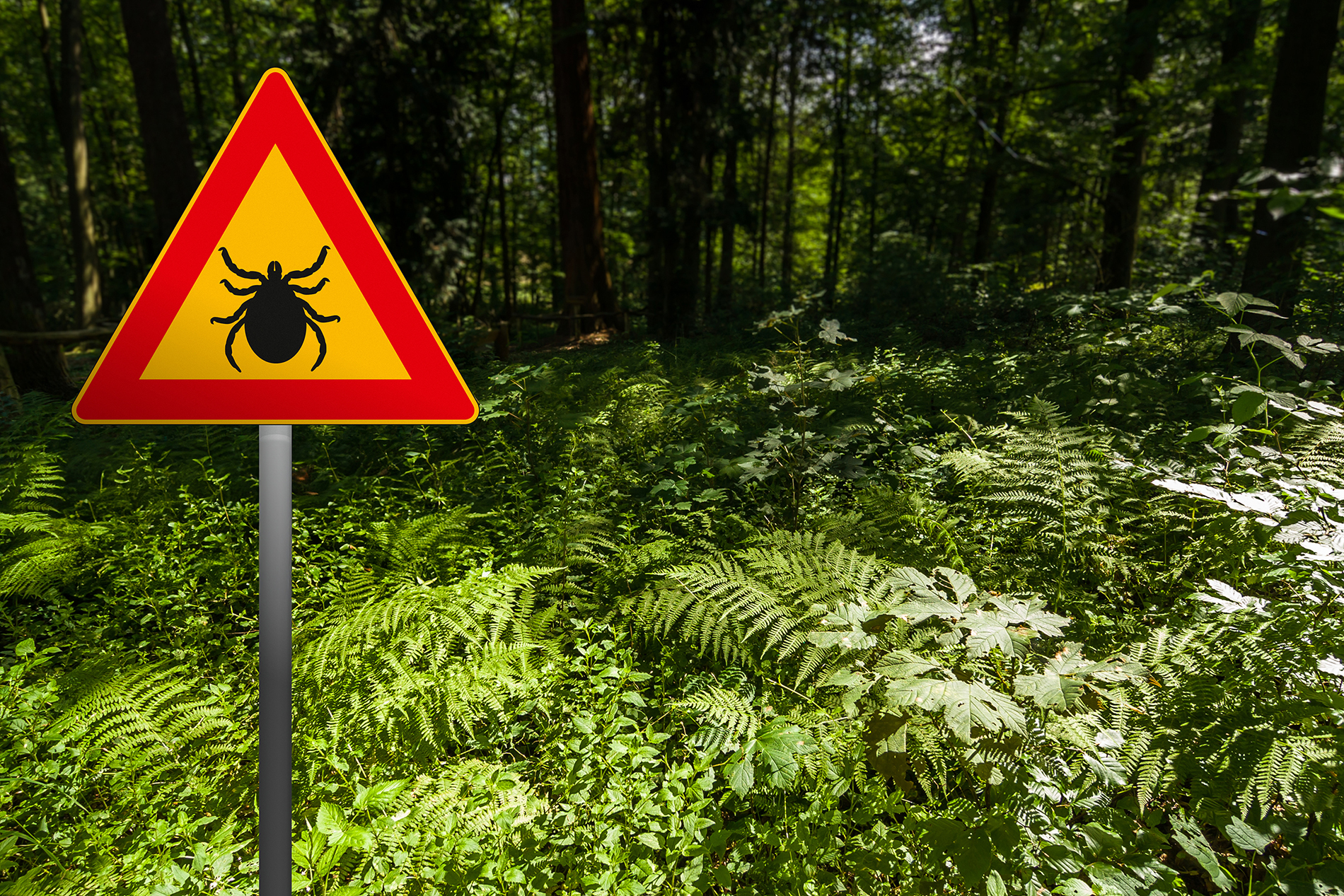Lyme disease may be more prevalent in the North but is not uncommon in South Carolina, especially during the summer months.
Lyme disease is caused by the bacterium Borrelia burgdorferi, which is transmitted to humans through the bite of infected black-legged ticks, commonly known as deer ticks. These tiny arachnids thrive in wooded and grassy areas, and you may encounter them hiking, camping, or gardening.
Recognizing Symptoms
One of the challenges of Lyme disease is its diverse range of symptoms, which can mimic other conditions, leading to misdiagnosis or delayed treatment. The hallmark sign of Lyme disease is a circular rash known as erythema migrans (EM), which appears at the tick bite site. However, not everyone with Lyme disease develops this rash.
Other symptoms may include fever, chills, headache, fatigue, muscle and joint aches, and swollen lymph nodes. Untreated Lyme disease can progress to more severe complications affecting the joints, heart, and nervous system.
Diagnosis Lyme Disease
The rash might be enough for a diagnosis. An evaluation and diagnosis usually include the following:
- A review of all signs and symptoms
- A history of known or possible exposure to ticks
- Blood tests to find disease-fighting antibodies to the bacteria.
Treatment
The standard treatment for Lyme disease is an antibiotic taken as a pill. The sooner you begin taking an antibiotic, the quicker and more complete recovery will be.
The treatment usually lasts 10 to 14 days, but it may be longer, depending on your symptoms. It is essential to take all pills as directed, even if you're feeling better.
Prevention Strategies
Prevention is vital regarding Lyme disease, especially in regions with prevalent tick populations. Here are some practical strategies to reduce the risk of tick bites:
- Use Tick Repellents: Apply EPA-registered insect repellents containing DEET, picaridin, or oil of lemon eucalyptus to exposed skin and clothing before venturing into wooded or grassy areas.
- Wear Protective Clothing: Wear light-colored clothing, tuck pants into socks or boots, and wear long-sleeved shirts to minimize skin exposure. Consider treating clothing and gear with permethrin, an insect repellent for fabrics.
- Perform Tick Checks: After spending time outdoors, conduct thorough tick checks on yourself, your children, and pets. Ticks often attach in hard-to-see areas such as the groin, armpits, scalp, and behind the ears.







Leave a comment